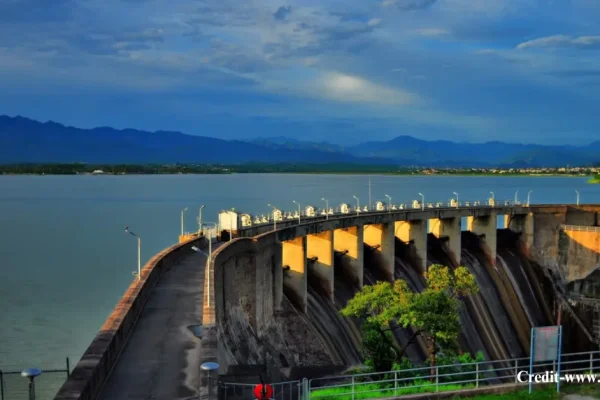Explore Pakistan with Humari News
Uncover hidden gems, scenic escapes, and real travel stories.
Must Visit Destinations
Explore Latest Guides

The Hunza Valley in Pakistan appeals to those who envision snow-capped mountains, crystal-clear lakes, and quaint villages reminiscent of those

A person might think a salt mine has little excitement. But a person would be surprised. The Khewra Salt Mine,

Have you walked through a place that feels old? The ground there seems to hold all events. Pakistan has this

Can you locate hotels in Gulberg, Lahore? A person may visit for business, shopping, or a brief outing. This guide

Fairy Meadows sits at 3,300 meters in Gilgit-Baltistan, Pakistan – it offers more than just a place to see mountains;

Manora Beach offers more than a usual weekend trip. The site combines old stories and new facilities, clean sands, plus

If you’ve ever asked, “Where can I eat, chill, and maybe catch a speedboat ride all at once?” — Port
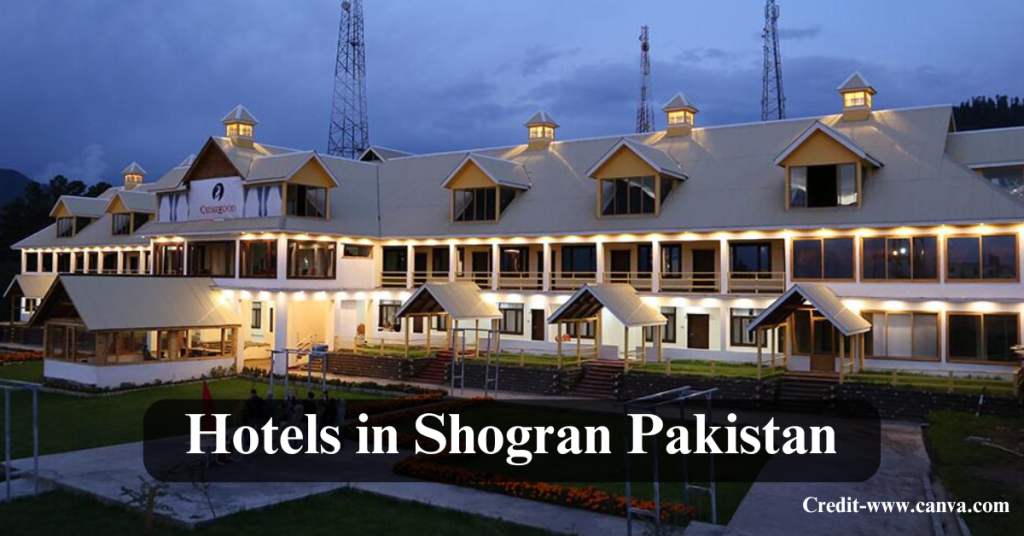
People want a quiet place, mornings that smell of pine, and clear views of mountains. Shogran offers them all. A
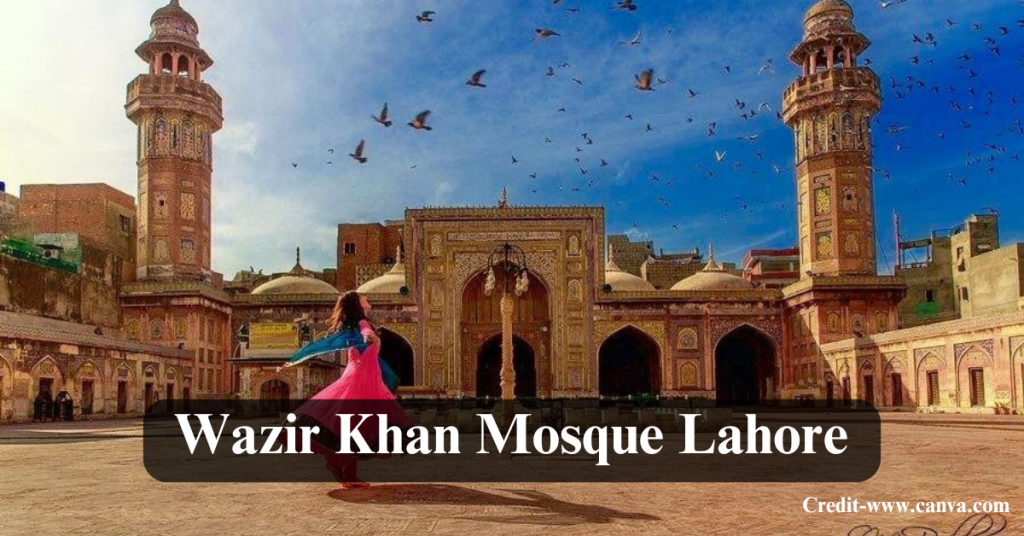
She enters a mosque, and she looks for quiet, old bricks. She departs, and the place surprises her – it

If you wait in the hot OPD line at Jinnah Hospital during a Lahore summer, you know the facility is
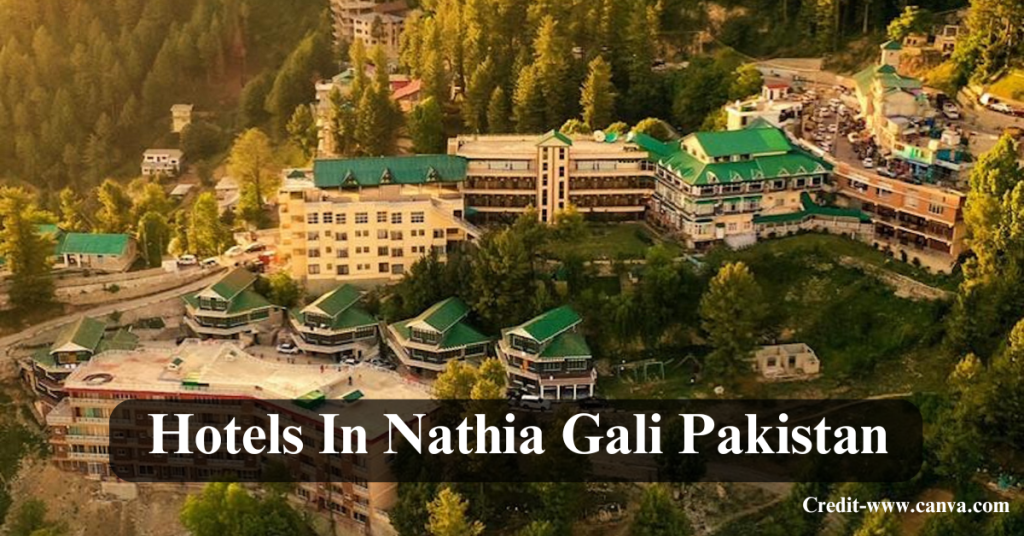
When you plan a trip to Nathia Gali, you probably want clear air, quiet views, along with a comfortable place
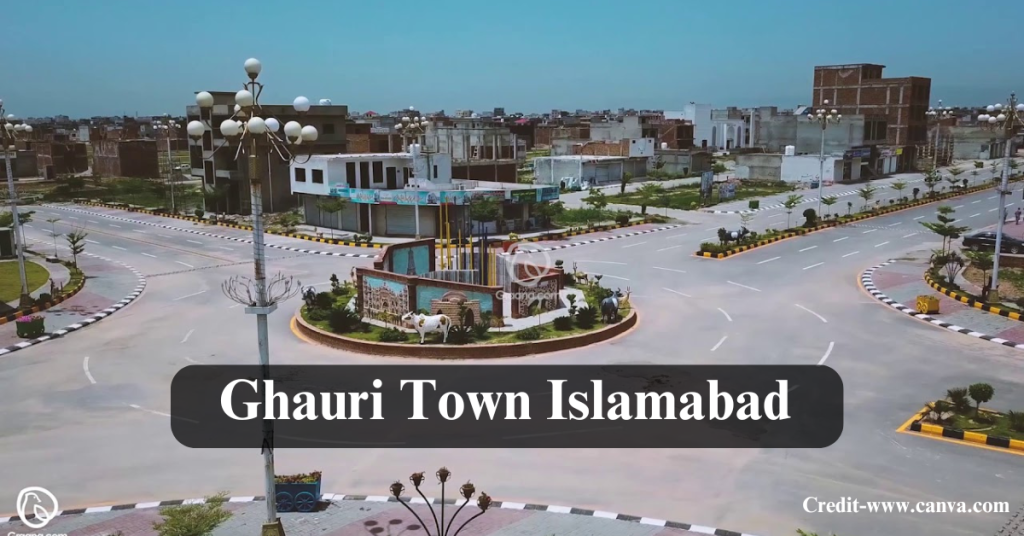
Ghauri Town was situated at the edge of Islamabad, close to Lehtrar Road and the Islamabad Expressway. A person passes


